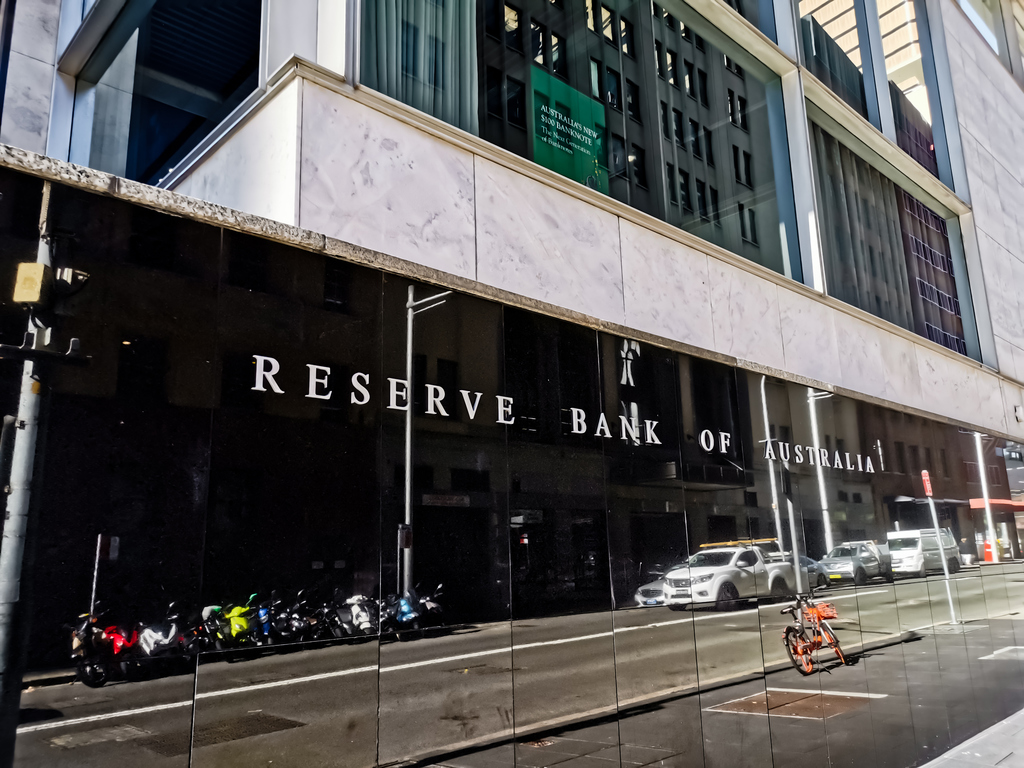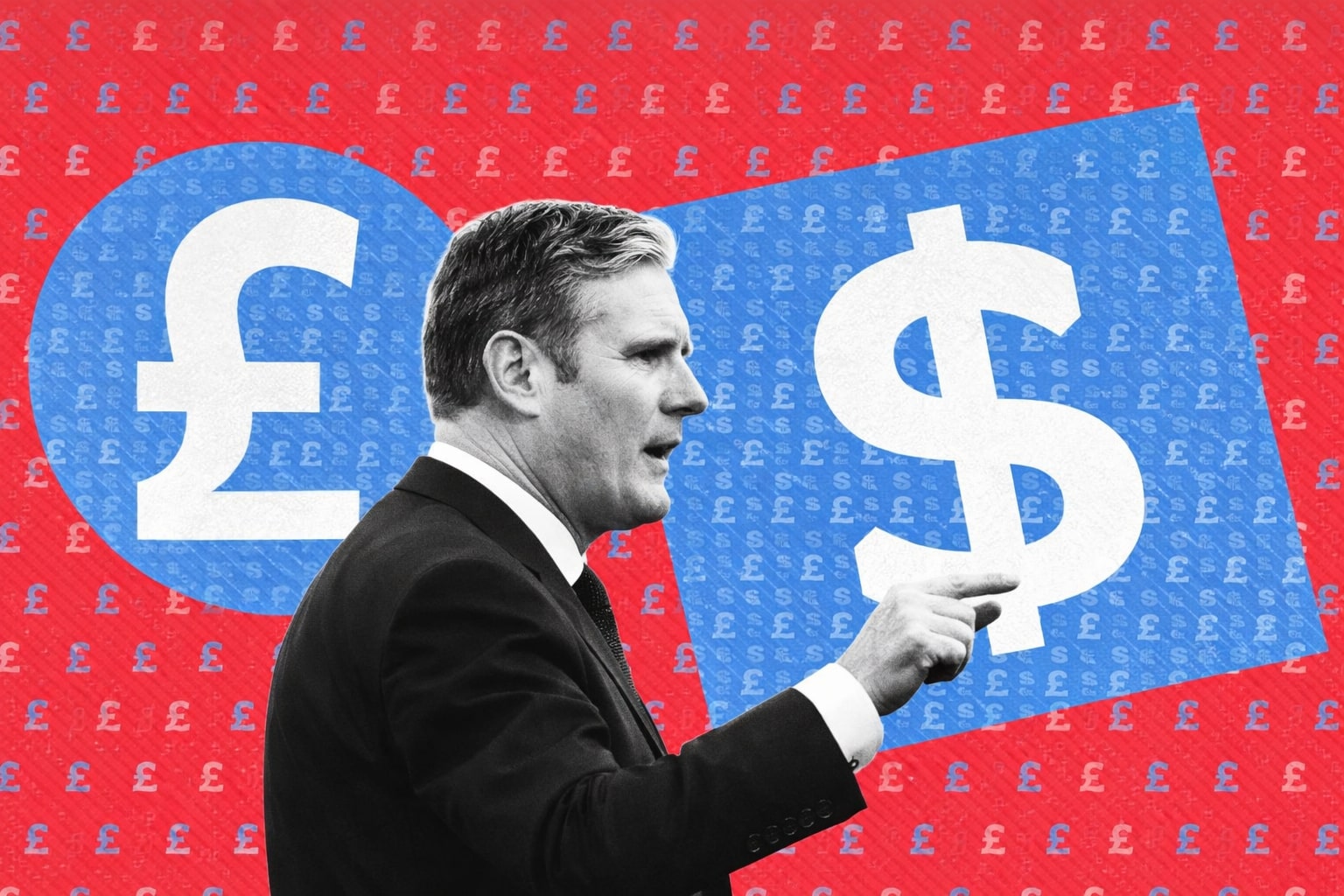
Central Banks' Decisions Stir Currency Markets; GBP, AUD Rise
Traders Await U.S. Inflation Report, FOMC Decision, and ECB's Monetary Policy Announcement
The financial markets are eagerly awaiting three major events: the U.S. inflation report due in May, the Federal Reserve's (Fed) decision in June, and the European Central Bank's (ECB) monetary policy announcement. Each of these milestones has the potential to significantly influence the EUR/USD exchange rate.
The U.S. inflation is forecasted to continue its downward trend. According to market predictions, the annual headline CPI for May is expected to ease to 4.1% from the previous 4.9%. Simultaneously, the core indicator, which excludes food and energy costs, is projected to cool to 5.2% from 5.5%. The correlation between these figures and the U.S. dollar is direct, meaning an increase in the numbers favors the dollar but undermines risk assets.
Recently, the Fed has become more conservative, suggesting that it may maintain rates in June to fully understand the delayed effects of cumulative tightening on the economy. While traders anticipate no changes to the monetary policy in the near term, it's unwise to entirely dismiss the possibility of another 25 basis-points hike. This caution comes as other central banks, such as the Bank of Canada, resume increasing borrowing costs after a two-month hiatus. They argue that their current posture is not restrictive enough to restore price stability.
Analysts propose that a premature pause could jeopardize the U.S. economy's resilience. For instance, if a break allows inflation to regain strength, policymakers may need to make a swift comeback with larger, non-standard hikes - an avoidable risk at this time. However, should the FOMC decide to pause, it wouldn't necessarily be bearish for the U.S. dollar. It could be accompanied by a more hawkish policy outlook, possibly incorporating two additional 25 bp hikes for 2023 and no cuts through 2024, which would be advantageous for the dollar.
Across the Atlantic, the ECB is anticipated to raise interest rates by a quarter-point at its June meeting. However, with inflation easing and the German economy struggling, the ECB may adopt a more cautious stance and avoid presenting an aggressive policy outlook. This could signal the end of the tightening campaign and likely weigh on the Euro, leading to short-term losses for the EUR/USD.
The GBP/USD experienced a new four-week high, reaching 1.2590 before retreating to the 1.2570s due to a softer-than-expected Canadian jobs report. The report strengthened the case for the Fed to bypass the upcoming monetary policy meeting, leaving GBP/USD trading at 1.2576, up by 0.14%, and finishing the week with gains exceeding 1%.
The current market sentiment is optimistic, placing pressure on safe-haven currencies and causing the U.S. Dollar to soften. Coupled with divergent actions from the Fed and the Bank of England (BoE), this is advantageous for the Pound Sterling, enabling the GBP/USD to recover from weekly lows.
In the upcoming week, Fed Chair Jerome Powell and his team will announce their fourth monetary policy decision. The Fed is predicted to maintain rates at 5.00%-5.25%, unchanged from May's meeting. Policymakers are keen to see the impact of 500 basis points of tightening since March 2022 before taking further action. Despite this, hawkish moves from other major central banks suggest that the Fed might still consider a hike.
Simultaneously, the UK successfully dodged a recession projected by the BoE but is still grappling with stubbornly high inflation that reached 11.1% last October and has since dropped to 8.7%. This has prompted the BoE to increase rates above comfortable levels, thereby strengthening the GBP/USD, which is expected to test the 1.2600 figure.
Looking ahead to next week, the UK's economic calendar features labor market data and Gross Domestic Product (GDP), while the U.S. will focus on the Fed's monetary policy meeting, the Consumer Price Index (CPI), and Retail Sales.
In Canada, the BoC raised its benchmark rate by 25 basis points to a 22-year high of 4.75% due to rising concerns about inflation exceeding its 2% target. Meanwhile, AUD/USD is targeting the 0.6750s as speculation that the Fed may hold off on further interest rate increases has weighed on the U.S. Dollar, while the Reserve Bank of Australia appears to be taking a hawkish turn.
It's worth noting that recent data shows a surge in Americans filing for unemployment benefits, reaching a 1.5 year high last week. In contrast, data from Asia reveals that China's falling producer prices and weak consumer inflation have amplified concerns about the health of the world's second-largest economy. Despite these alarming signs, the Aussie remains robust.
Read More
-
AMD Stock Price Forecast - AMD at $223: AI GPU Ramp, CES 2026 Catalysts and the Next Move for NASDAQ:AMD
03.01.2026 · TradingNEWS ArchiveStocks
-
XRP Price Forecast - XRP-USD Near $2 as Whales Add $3.6B and ETF Inflows Top $1.18B
03.01.2026 · TradingNEWS ArchiveCrypto
-
Oil Price Forecast: Oil Near $60 Weigh Venezuela Shock Against 3.8M bpd Glut
03.01.2026 · TradingNEWS ArchiveCommodities
-
Stock Market Today - Wall Street Opens 2026; Dow 48,382, S&P 6,858 on Chip Rally, Gold Boom and Bitcoin $90K
03.01.2026 · TradingNEWS ArchiveMarkets
-
GBP/USD Price Forecast - Pound Tests 1.35 as BoE Caution Meets Soft US Dollar
03.01.2026 · TradingNEWS ArchiveForex


















